-
 bitcoin
bitcoin $121833.232455 USD
-0.63% -
 ethereum
ethereum $4394.437030 USD
-2.00% -
 tether
tether $1.000570 USD
0.04% -
 bnb
bnb $1255.553465 USD
-3.73% -
 xrp
xrp $2.814944 USD
-1.59% -
 solana
solana $221.835346 USD
-2.40% -
 usd-coin
usd-coin $0.999869 USD
0.01% -
 dogecoin
dogecoin $0.249495 USD
-1.32% -
 tron
tron $0.336905 USD
-1.24% -
 cardano
cardano $0.816464 USD
-1.69% -
 chainlink
chainlink $22.130946 USD
-1.27% -
 hyperliquid
hyperliquid $44.208522 USD
-3.46% -
 ethena-usde
ethena-usde $1.000521 USD
0.02% -
 sui
sui $3.422897 USD
-2.51% -
 stellar
stellar $0.380164 USD
-1.31%
can blockchain be hacked by quantum computing
The advent of quantum computing poses potential threats to blockchain security by enabling the breaking of encryption algorithms and the manipulation of the blockchain through reverse engineering and double spending attacks.
Oct 13, 2024 at 04:30 am

Blockchain, the underlying technology behind cryptocurrencies like Bitcoin, has gained immense popularity due to its security and immutability. However, the advent of quantum computing has raised concerns about its vulnerability to hacking. This article explores the potential implications of quantum computing on blockchain security.
1. Quantum Computing Basics:Quantum computing utilizes quantum bits (qubits) to perform complex calculations that are intractable for classical computers. Qubits can exist in multiple states simultaneously, enabling parallel processing on a vast scale.
2. Threats to Blockchain Security from Quantum Computing:- Breaking Encryption: Quantum computers could break the cryptographic algorithms used to secure blockchain transactions, such as SHA-256 and elliptic curve cryptography (ECC).
- Reverse Engineering: Quantum algorithms could be designed to reverse cryptographic hashes and trace the movement of funds through the blockchain.
- Double Spending Attacks: Attackers could manipulate the blockchain by creating multiple valid versions of transactions, leading to double spending.
- Quantum-Resistant Algorithms: Develop new cryptographic algorithms that are resistant to quantum attacks.
- Multi-Layer Security: Implement additional layers of security, such as multi-factor authentication and zero-knowledge proofs.
- Quantum-Safe Blockchain Designs: Explore novel blockchain designs that incorporate quantum-resistant features.
Quantum computing is still in its early stages of development. While quantum computers capable of breaking blockchain encryption are not yet publicly available, researchers predict their emergence within the next decade.
5. Impact on Blockchain Industry:A successful quantum attack on blockchain could have significant consequences for the industry:
- Diminished Trust: Loss of trust in blockchain security would erode its value as a secure platform for financial transactions.
- Financial Losses: Double spending attacks and other hacks could result in massive financial losses for cryptocurrency holders and businesses.
- Regulatory Uncertainty: Governments and financial institutions may hesitate to adopt blockchain technologies due to security concerns.
The potential of quantum computing to hack blockchain is a serious challenge that requires ongoing research and industry collaboration. While quantum-resistant blockchain solutions are being developed, the threat to blockchain security remains significant. It is crucial for stakeholders to stay abreast of advancements in quantum computing and implement appropriate mitigation measures to ensure the long-term viability of blockchain technology.
Disclaimer:info@kdj.com
The information provided is not trading advice. kdj.com does not assume any responsibility for any investments made based on the information provided in this article. Cryptocurrencies are highly volatile and it is highly recommended that you invest with caution after thorough research!
If you believe that the content used on this website infringes your copyright, please contact us immediately (info@kdj.com) and we will delete it promptly.
- SUI, BNB, Digitap: Decoding the Hottest Crypto Plays
- 2025-10-10 23:05:17
- Altcoins on the Radar: XRP, Avalanche, and the Next Big Thing
- 2025-10-10 23:05:17
- Jupiter, Ethena, and JupUSD: A New Stablecoin on the Solana Horizon
- 2025-10-10 23:10:01
- Starknet (STRK) Price Pumping: What's Behind the Surge?
- 2025-10-10 22:45:15
- Whale Alert: Bitcoin Accumulation on Hyperliquid Signals Bullish Trend
- 2025-10-10 23:10:01
- Dogecoin, Bitcoin, and Chart Analysis: Navigating the Crypto Seas
- 2025-10-10 22:45:15
Related knowledge
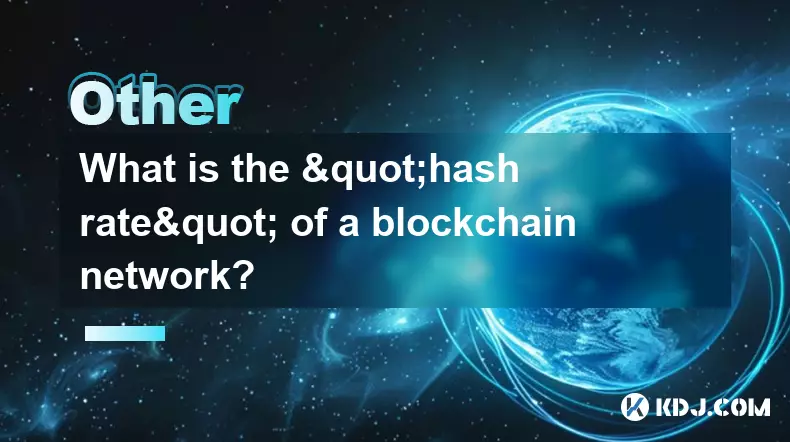
What is the "hash rate" of a blockchain network?
Oct 10,2025 at 03:55pm
Understanding Hash Rate in Blockchain Networks1. The hash rate refers to the total computational power being used to process transactions and mine new...

What is a token economy?
Sep 20,2025 at 12:18am
Understanding the Foundations of a Token Economy1. A token economy in the context of cryptocurrency refers to a system where digital tokens are used a...
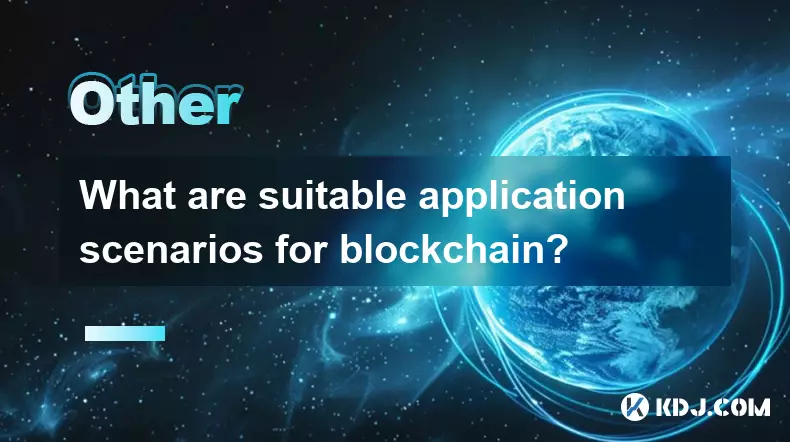
What are suitable application scenarios for blockchain?
Sep 20,2025 at 03:19am
Decentralized Finance (DeFi) Platforms1. Blockchain enables the creation of financial services without centralized intermediaries, allowing users to l...
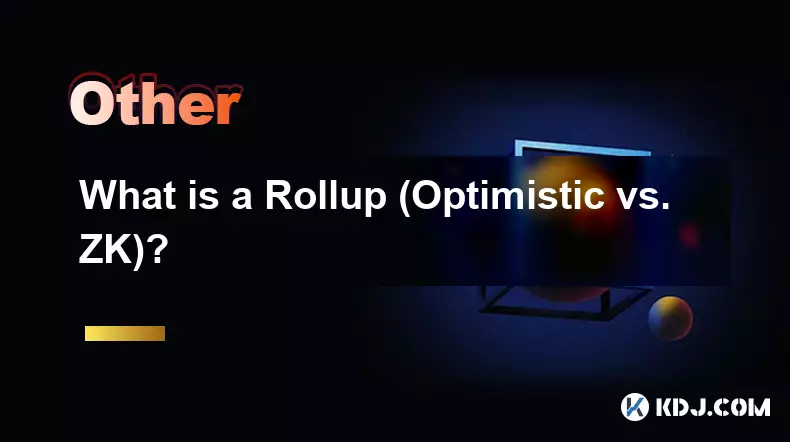
What is a Rollup (Optimistic vs. ZK)?
Sep 22,2025 at 03:00pm
Understanding Rollups in Blockchain Technology1. Rollups are layer-2 scaling solutions designed to increase transaction throughput on blockchains like...
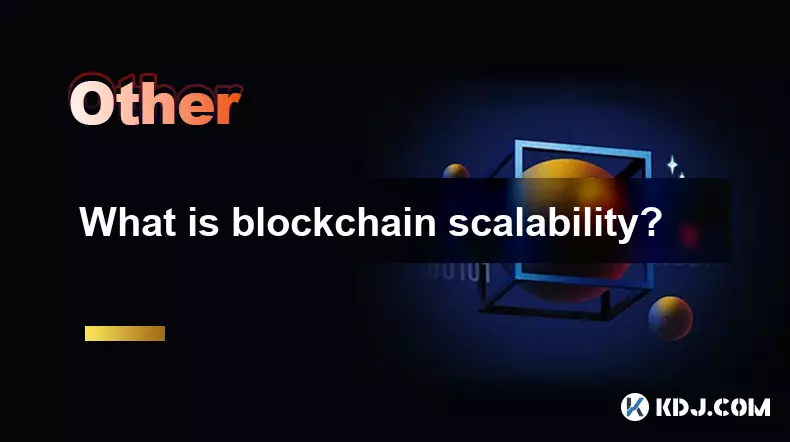
What is blockchain scalability?
Sep 19,2025 at 06:18am
Understanding Blockchain Scalability1. Blockchain scalability refers to a network's ability to handle an increasing number of transactions without com...
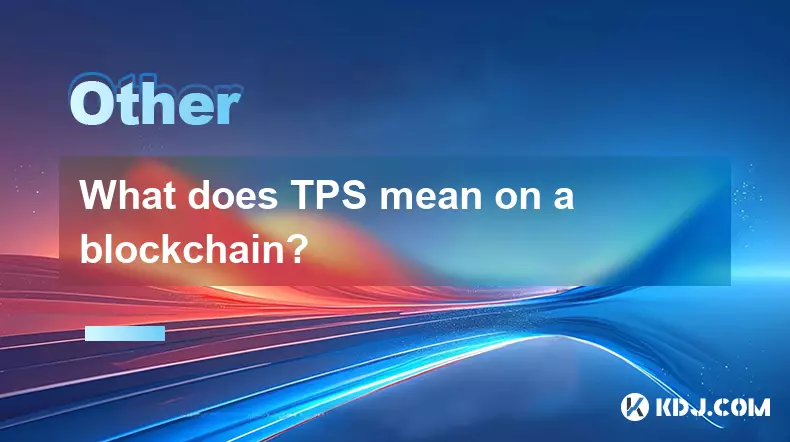
What does TPS mean on a blockchain?
Sep 21,2025 at 09:54am
Understanding TPS in Blockchain Technology1. TPS stands for Transactions Per Second, a metric used to measure the number of transactions a blockchain ...

What is the "hash rate" of a blockchain network?
Oct 10,2025 at 03:55pm
Understanding Hash Rate in Blockchain Networks1. The hash rate refers to the total computational power being used to process transactions and mine new...

What is a token economy?
Sep 20,2025 at 12:18am
Understanding the Foundations of a Token Economy1. A token economy in the context of cryptocurrency refers to a system where digital tokens are used a...

What are suitable application scenarios for blockchain?
Sep 20,2025 at 03:19am
Decentralized Finance (DeFi) Platforms1. Blockchain enables the creation of financial services without centralized intermediaries, allowing users to l...

What is a Rollup (Optimistic vs. ZK)?
Sep 22,2025 at 03:00pm
Understanding Rollups in Blockchain Technology1. Rollups are layer-2 scaling solutions designed to increase transaction throughput on blockchains like...

What is blockchain scalability?
Sep 19,2025 at 06:18am
Understanding Blockchain Scalability1. Blockchain scalability refers to a network's ability to handle an increasing number of transactions without com...

What does TPS mean on a blockchain?
Sep 21,2025 at 09:54am
Understanding TPS in Blockchain Technology1. TPS stands for Transactions Per Second, a metric used to measure the number of transactions a blockchain ...
See all articles










































































